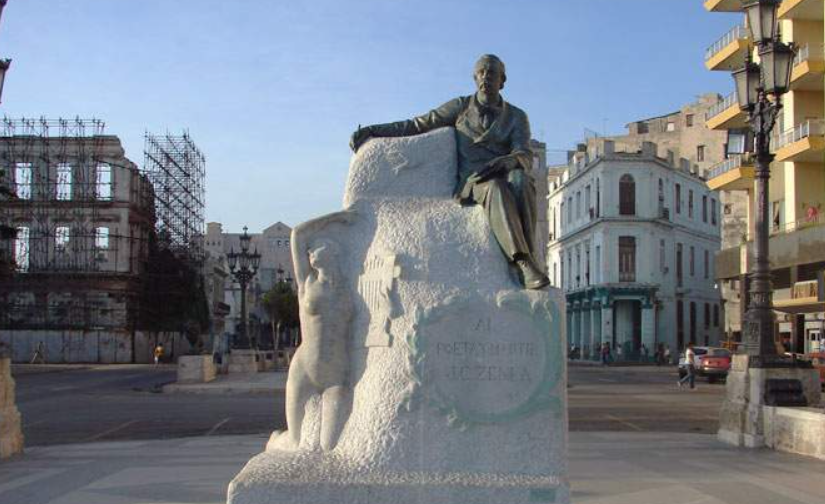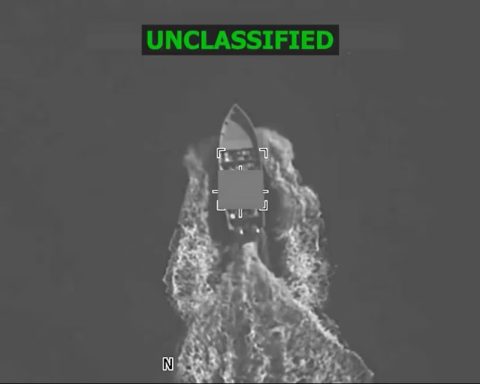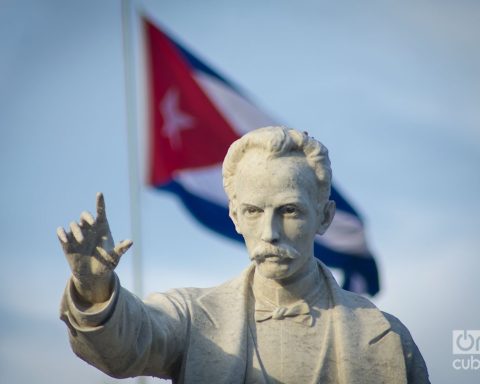MADRID, Spain.- On August 25, 1871, the poet Juan Clemente Zenea was executed in Havana. His death, which took place in the Foso de los Laureles of the La Cabaña fortress, marked the tragic end of a man whose life was dedicated both to literature and to the struggle for Cuban independence.
Juan Clemente Zenea was born in Bayamo in 1832 and, from a young age, he was actively involved in the independence causes. At only 20 years old, he was persecuted for his revolutionary activities and forced into exile in the United States. In 1853, the Spanish authorities sentenced him to death in absentia for conspiring against Spain. However, in 1854, he returned to Cuba after a general amnesty, and resumed his career as a journalist and professor. He collaborated in Cuban Garland, The Canoe, Breezes of Cuba, Cuban Forest, Havana Magazine, The Scolding, Cuban Album of the Good and the Beautiful, The Chamarreta, The Century, Offering to the Bazaar and People’s Magazine.
In 1865, due to her political ideas, Zenea went into exile again. But in 1870 she accepted a safe conduct offered by the Spanish authorities to return to Cuba on the condition that she bring a peace proposal to the President of the Republic in Arms, Carlos Manuel de Cespedes.
The meeting with Céspedes, according to national historiography, was tense. Zenea, fearing being considered a traitor, did not present the Spanish peace proposal. Céspedes, in his diary, noted that Zenea showed no signs of being a “docile instrument” of the Spanish governor, Azcárate. This indecision sealed his fate. Upon his return from the rebel camp, the Spanish authorities revoked his passport, accused him of spying for the mambises, and imprisoned him in The CabinOn August 25, 1871, Zenea was shot in front of a platoon of ten soldiers.
His literary legacy includes a volume of Poems (1855), Far from the homeland. Memoirs of a young poet (1859) and Songs of the evening (1860).

















